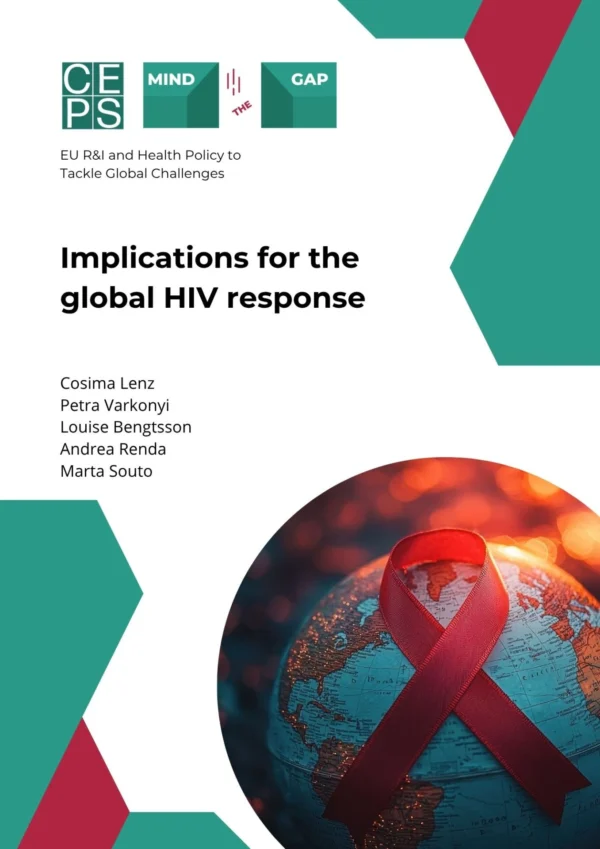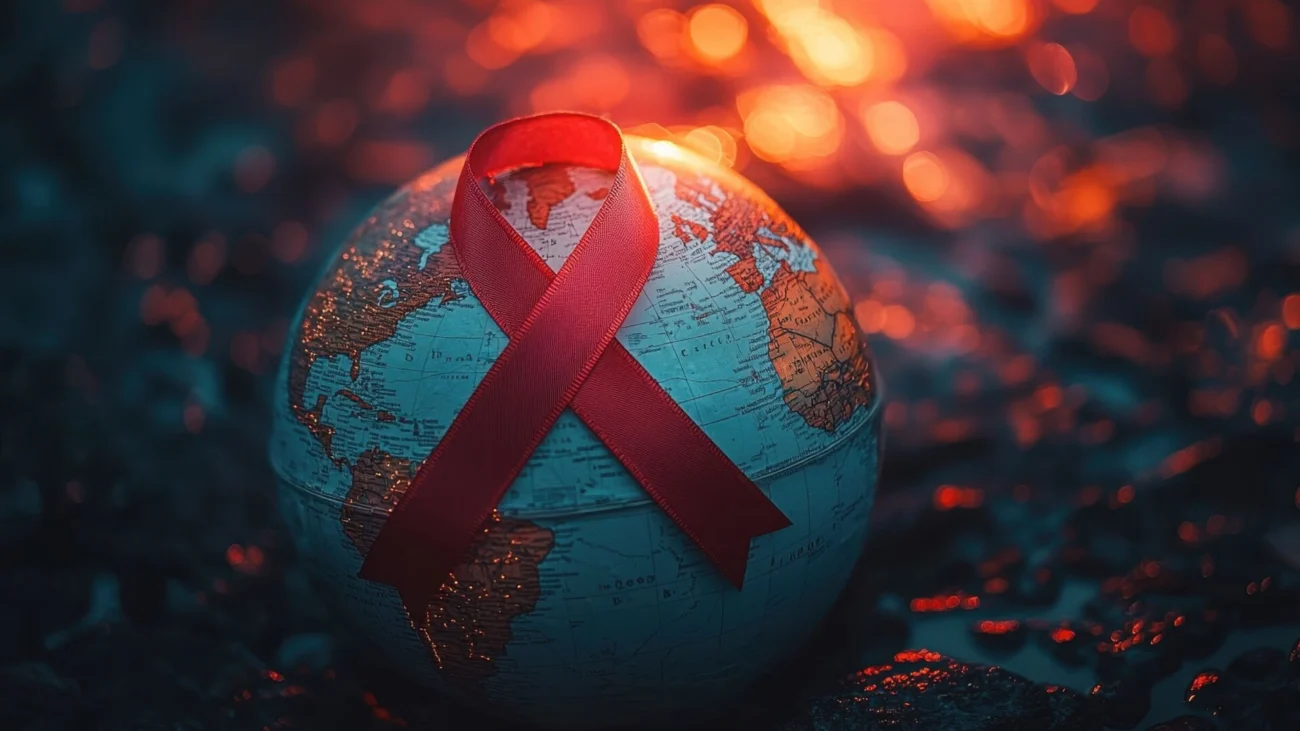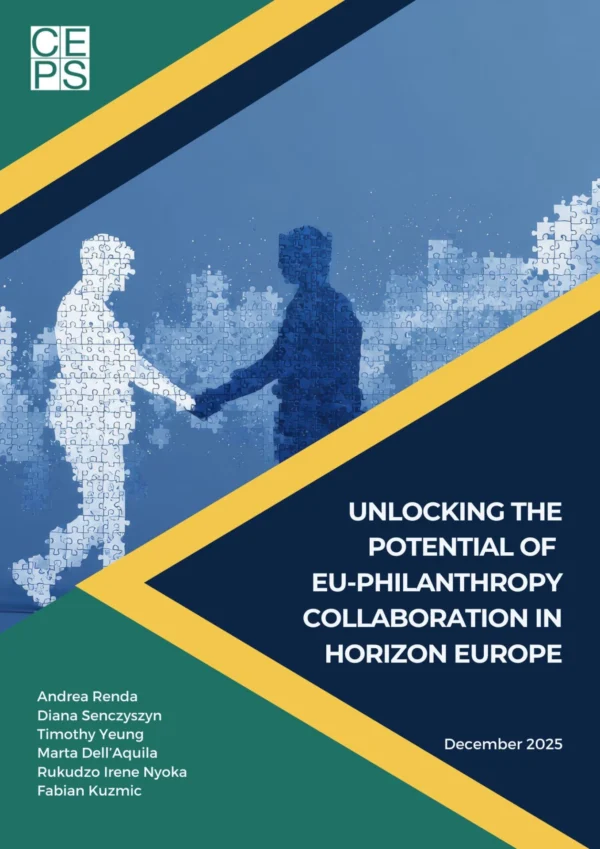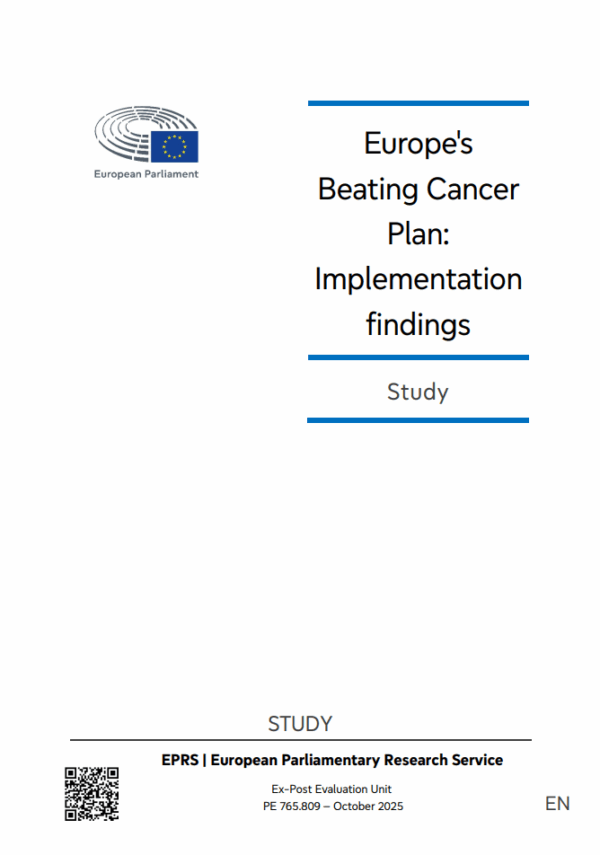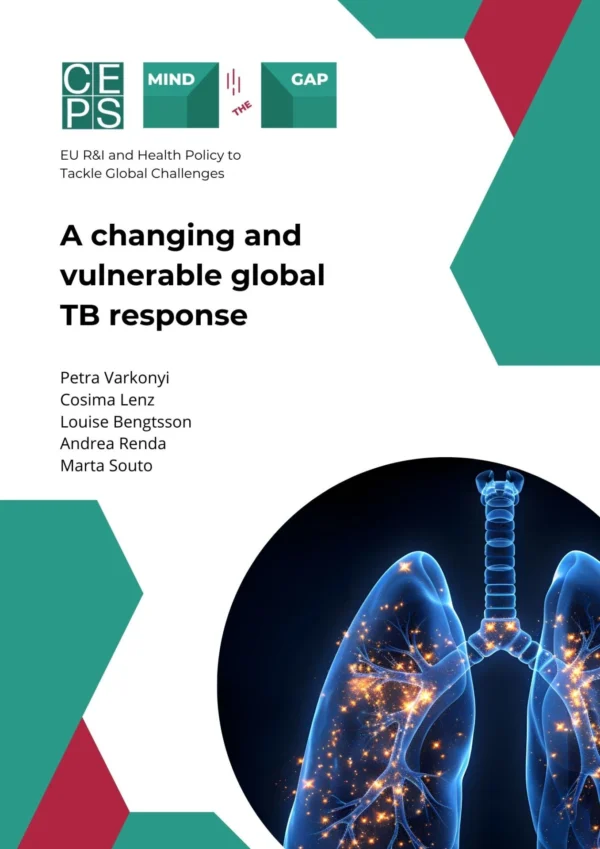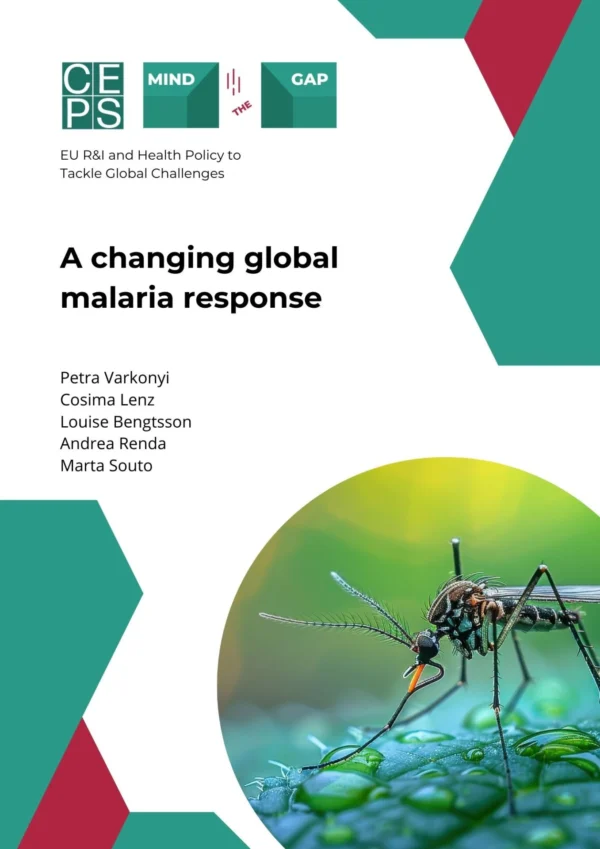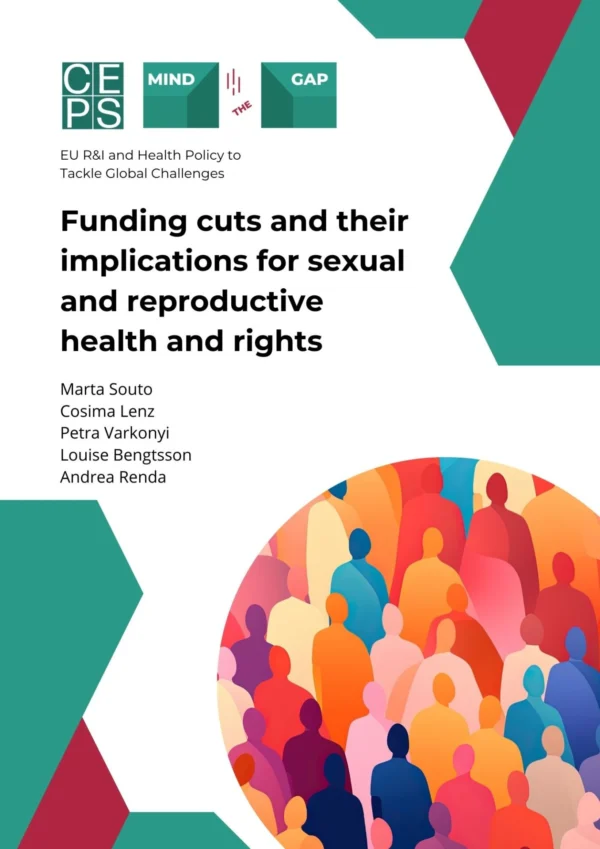In 2024, an estimated 40 million people were living with HIV. While 77 % were being treated, nine million were not. Despite progress, the HIV response faces growing challenges due to shifting funding and political uncertainty. The US, which provided about 80 % of HIV-related official development assistance in 2024, froze USD 4.3 billion of funding from the President’s Emergency Plan for AIDS Relief in early 2025. Other donors, including the European Commission, have also scaled back. These cuts have led to staff layoffs, suspended prevention programmes and service disruptions. Weakening data systems further limit response capacity. UNAIDS faces major financial constraints. Domestic financing is beginning to rise, with some countries pledging to increase domestic HIV spending by 2026.
Together, these developments signal a critical moment for the global HIV response. Sudden funding cuts are straining health systems, threatening progress and exposing the fragility of global efforts. At the same time, they present an opportunity to rethink funding models, strengthen domestic leadership and protect gains made over decades of investment.
The Mind the Gap series was conceived as a platform to assess and reflect on the rapidly evolving global health landscape. It not only examines shifts in financing but also explores the impact on historically high investment areas such as HIV, malaria, tuberculosis, and sexual and reproductive health.
To read all publications in the ‘EU R&I and Health Policy’ series, please click here.
